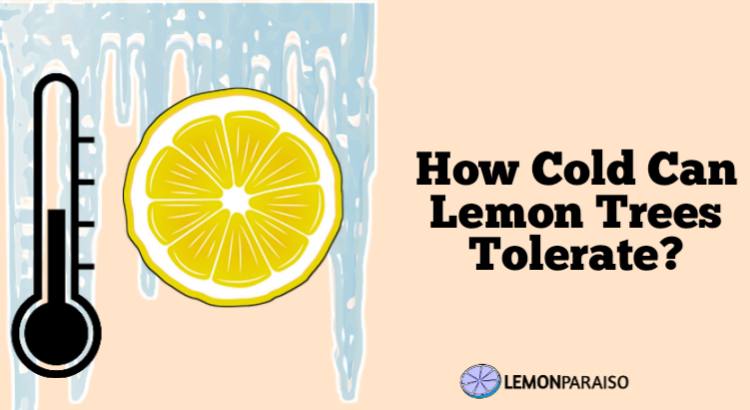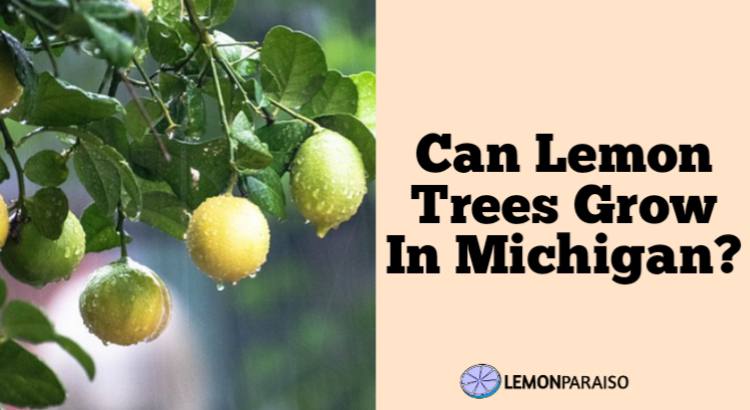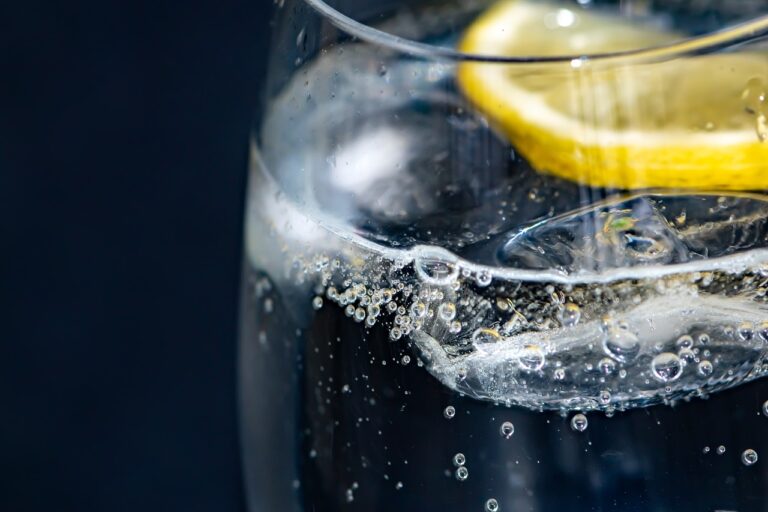Growing Meyer Lemons in a Pot: A Step-by-Step Guide to Enjoying Fresh Lemons Anytime
Meyer lemon trees can be grown in pots, which makes it possible for people who live in cooler climates or have limited outdoor space to still enjoy fresh lemons. Growing Meyer lemons in a pot also allows for more control over the tree’s environment, making it easier to provide the right amount of light, water, and nutrition. Additionally, a potted Meyer lemon tree can be brought indoors during the colder months to protect it from frost.
Choosing a Pot
A. Size of the pot:
When choosing a pot for a Meyer lemon tree, it is important to select one that is large enough for the tree to grow and develop a strong root system.
A pot with a diameter of at least 18 inches and a depth of at least 12 inches is ideal for a young Meyer lemon tree. As the tree grows, it may need to be transplanted into a larger pot to accommodate its size.
B. Material of the pot:
Meyer lemon trees can be grown in pots made from a variety of materials, including plastic, clay, and wood. Plastic pots are lightweight and inexpensive, but they do not have good insulation and heat retention properties.
Clay pots are heavier, more expensive, but they are good heat retainers and provide good insulation. Wooden pots are attractive and can be used to complement the design of your home, but they are more expensive and may require more maintenance.
C. Drainage holes:
The pot should have at least one drainage hole at the bottom to allow excess water to drain out and prevent the roots from sitting in waterlogged soil. This is very important as the roots sitting in waterlogged soil can lead to root rot and the death of the tree.
Preparing the Pot
A. Filling the pot with soil:
Use a well-draining potting mix specifically formulated for citrus trees, or a mix of equal parts peat moss, perlite, and coarse sand. The soil should be loose and airy to allow the roots to spread out and breathe.
B. Adding fertilizer or compost:
Before planting the Meyer lemon tree in the pot, add a layer of slow-release fertilizer or compost to the bottom of the pot to provide the tree with essential nutrients. Or you can use a balanced fertilizer, such as a 10-10-10, in the soil.
C. Planting the Meyer lemon tree:
Carefully remove the tree from its container and loosen any tangled roots. Position the tree in the center of the pot and backfill with soil, tamping down gently as you go. Water the tree thoroughly to help settle the soil and remove any air pockets. Make sure the tree is planted at the same depth as it was in its previous container.
Once the tree is planted and settled, it’s important to give it proper care and maintenance to ensure it thrives and produces lemons.
Care and Maintenance
A. Watering schedule:
The Meyer lemon tree should be watered thoroughly and deeply when the top inch of soil is dry to the touch. In hot weather, the tree may need to be watered more frequently. Be careful not to over-water as it can lead to root rot.
B. Pruning and shaping the tree:
Prune the tree as needed to shape it and remove any dead or diseased wood. Prune in late winter or early spring before new growth begins. Prune to maintain a desired shape and size and to remove any crossing branches or suckers that grow from the base of the tree.
C. Fertilizing and feeding:
The Meyer lemon tree should be fertilized monthly during the growing season, from spring to fall. Use a balanced citrus fertilizer or one that’s high in nitrogen, phosphorous, and potassium. In addition to fertilizer, the tree will also benefit from regular applications of compost or well-rotted manure.
Pest and Disease Prevention
A. Common pests and diseases:
Common pests that affect Meyer lemon trees include aphids, scale insects, and mites. Common diseases that affect Meyer lemon trees include citrus canker, citrus greening, and root rot.
B. Preventative measures:
To prevent pests and diseases, keep the tree and its surrounding area clean and free of debris. Regularly inspect the tree for signs of infestation or disease, such as discolored leaves or sticky residue. If pests or diseases are detected, use organic or chemical pesticides as directed.
Keep the tree healthy by providing it with proper care and maintenance, including proper watering, fertilizing and pruning. Another way to keep pests and diseases at bay is to keep the surrounding area of the tree clean and free of weeds and other plants that might harbor pests or diseases.
Harvesting and Using the Lemons
A. When to harvest:
- Meyer lemons are typically ready to harvest between November and May, depending on the variety and the region.
- They are ready to harvest when they are fully mature and have reached a deep yellow color.
- To determine if the fruit is ready to harvest, give the fruit a gentle tug. If the fruit comes off the tree easily, it is ready to be picked.
B. Ways to use the lemons:
- Meyer lemons are versatile and can be used in a variety of ways, including:
- Squeeze the juice over fish, chicken, or vegetables before cooking.
- Use the zest to add flavor to marinades, dressings, and baked goods.
- Add the juice and zest to make lemonade, lemon curd, or marmalade.
- Use them as a garnish for drinks, such as water, tea or cocktails.
- Add them to your salads for a tangy twist.
- Candied lemon peel is also a delicious treat.
Conclusion
Meyer lemons are a hybrid citrus fruit known for their sweeter and less acidic taste. They can be grown in pots, which makes it possible for people with limited outdoor space to still enjoy fresh lemons.
When choosing a pot, it’s important to select one that is large enough for the tree to grow and develop a strong root system, made of a material that suits your needs and has drainage holes. Proper care and maintenance including proper watering, fertilizing, pruning and pest and disease prevention are important for the tree to thrive and produce lemons.





